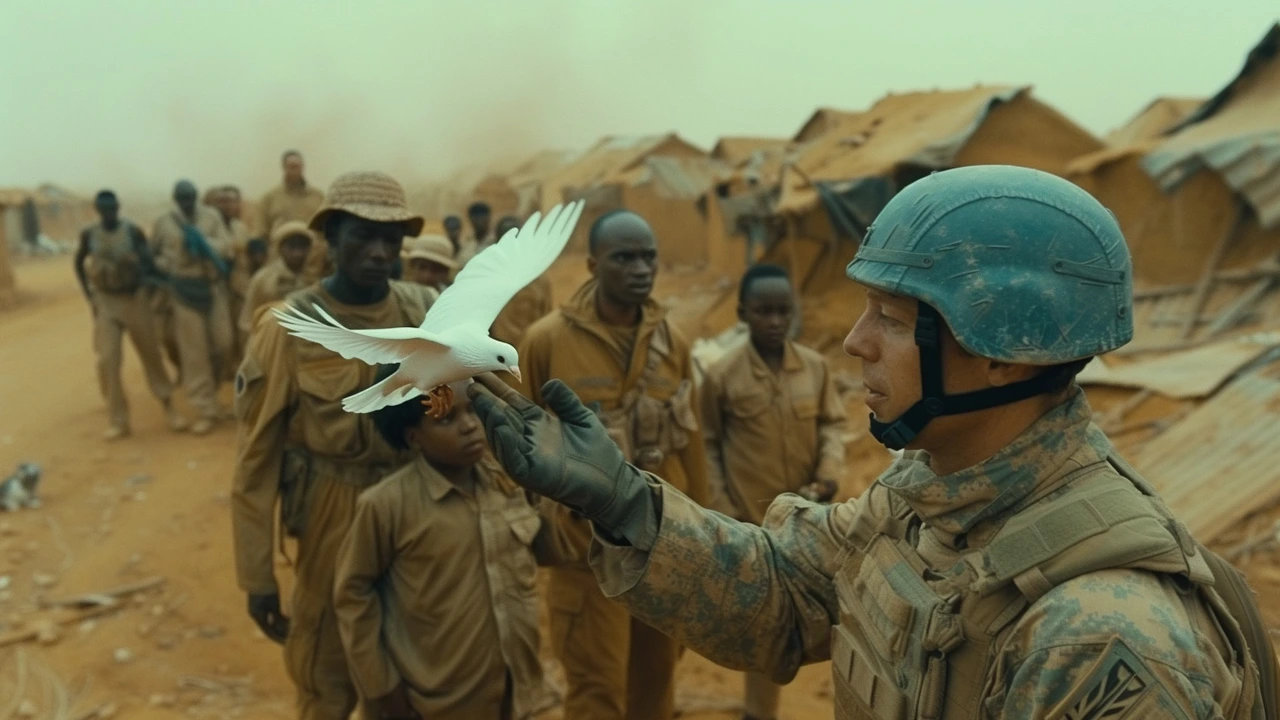Military history isn't just about battles and dates. It's a practical guide to how conflicts start, change, and end. If you care about peacekeeping, understanding past campaigns helps you spot patterns, mistakes, and tactics that work. Want quick wins? Focus on causes, local politics, and how civilians respond—those lessons repeat more than you'd expect.
Why study this stuff? Because history shows what fails fast. For example, missions that ignore local power dynamics often stall. Knowing how past peace operations handled disarmament, or how forces adapted to urban warfare, gives frontline planners real advantages. You don't need a degree to use these lessons; clear summaries and case studies do most of the heavy lifting.
Pick specific events, not entire eras. Read focused pieces like 'Evolution of Peacekeeping Operations: Strategies and Challenges' or 'Tracing the Transformation of Global Peacekeeping' to see concrete shifts in tactics. Look for articles with timelines, clear outcomes, and named actors—those are easiest to apply. Also compare similar conflicts across regions. When the same approach fails in different places, that’s a red flag.
Use three simple filters when reading: who caused the conflict, who holds power now, and what civilians need. These questions turn history from a long story into an actionable checklist. If a mission lacks community buy-in or ignores local leaders, history often marks it as doomed. If a mission adapts quickly to new threats, history shows better outcomes.
First, make short briefs. Summarize a past mission in one page: goals, main actors, mistakes, and what worked. Share that with colleagues or in a community forum. Second, test small changes. If a historical case shows community policing worked, try a pilot in one district before scaling. Third, watch modern tech use. Historical research shows technology helps when paired with local knowledge, not as a replacement.
Look for reliable sources. Official mission reports, UN documents, and local newspapers give different angles—combine them. Memoirs and oral histories add human details but check dates and bias. When possible, map events on a timeline and mark civilian movements, ceasefires, and aid deliveries. That visual helps spot cause and effect. If you’re studying a region, follow a few local journalists and NGOs on social media for up-to-date context. Small habits like these turn dusty facts into usable guides for planning, reporting, or advocating smarter peace policy.
If you want curated reads, our site covers many angles—from human stories to strategy. Check pieces like 'Unveiling the Bravery in Peacekeeping' for firsthand views and 'Essential Strategies for Peacekeeping in Conflict Management' for practical tactics. These shorter, focused articles make history usable for planners, students, and anyone curious about how past fights shape present peace work.
Military history isn't dusty facts. It's a toolkit. Use it to ask better questions, plan smarter operations, and support communities more effectively. Start small, stay curious, and let clear case studies guide your next step. Want help curating readings? Reach out to us.

This post is dedicated to honoring the undefeated champions of peace: the peacekeepers. We'll explore how they've led the way using diplomacy and courage to mitigate international conflicts and build more peaceful societies. We'll delve into their histories, their battles, their triumphs, and the echoes of their contributions that still resound today. As a huge military history enthusiast myself, I can't wait to shed light on these powerful figures and their awe-inspiring journeys towards achieving global concord.
